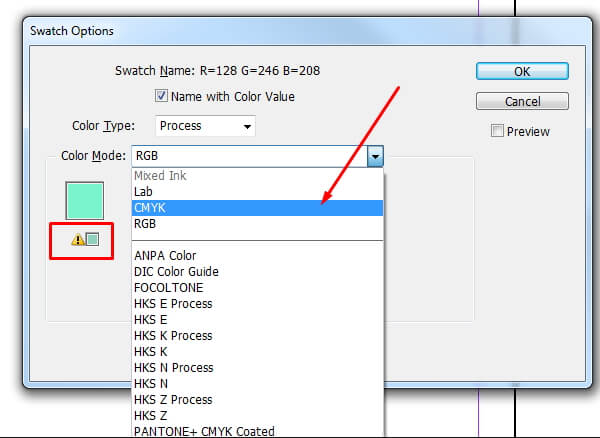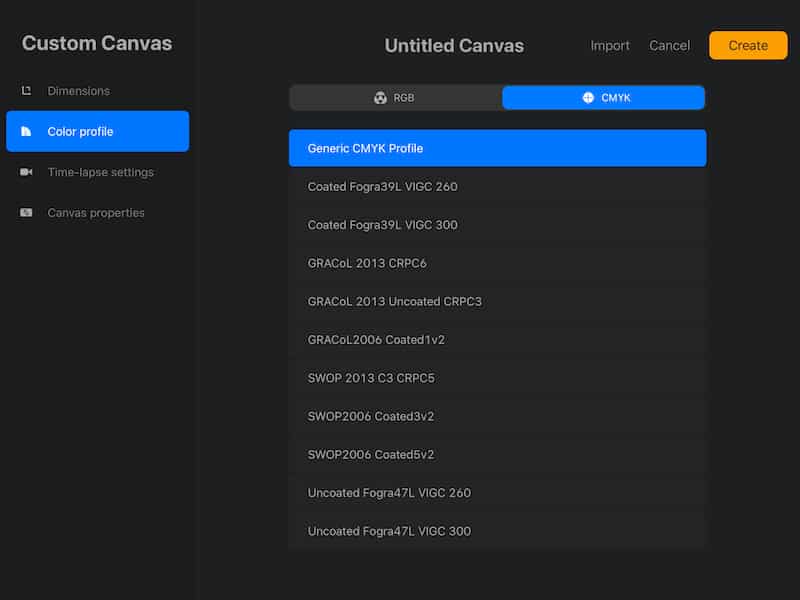
Cmyk to rgb online image converter how to#
We hope that this blog helps you understand the difference between RGB or CMYK and how to set your photos, images or files to CMYK mode if necessary. You will need to convert these images to CMYK before saving.ĭespite your best efforts to convert your files to CMYK, do note that there are a lot of variables other than colour space that can affect the print quality: calibration, paper type (weight, brightness, sheen/finish) and ink quality & levels.

Note: If you are importing images to add to existing artwork or designs, these images will likely be in RGB format. Go to Top Menu> File > Document Color Mode > CMYK Color Once you are satisfied with your final image, transform your file into CMYK colour mode go to Top Menu > Image > Mode > CMYK Color For IllustratorĪdobe Illustrator defaults to the CMYK colour mode but in case if it isn’t, you should follow the tutorial below: This allows you to add blue hues to your shadows, gold/yellow tones to your highlights, and everything in between to help make your photo look great. If you notice colour differences, you can use a Selective Colour adjustment to colour correct! Selective Color can be found in your Adjustment panels within Photoshop This will show you what the design is likely to look like when it’s been converted to CMYK. To preview your file in CMYK without changing its color mode definitely, go to the Top Menu > View > Proof Colors. But how exactly do you do this? For Photoshop In some cases, you don’t need to convert from RGB to CMYK for the printing process, it all depends on the complexity of your design and the colours you’re using. Setting the right color space for photo printing To avoid unpleasant surprises, any files with RGB colors need to be converted to CMYK colors prior to photo printing. Therefore, when you are designing or editing for print, you will be using the colours of RGB. Notice that between the 2 images, the blue and green translates differently on each image, this is due to the colour mode.

This means that although a design might look absolutely perfect when the person views it on their desktop, there will often be colour discrepancies between the on-screen version and the printed version. The problem here is that when an RGB design is printed using a CMYK printing process, the colours appear differently (if not properly converted). Hence, CMYK isn’t used (at least not as default). This is because they are mainly used for design and image editing that usually end up on a computer screen. Many customers create or edit their designs (intended for print) on design applications which use the RGB colour mode. Well, the main thing to remember is that RGB is used for electronic displays (cameras and monitors) and CMYK is used for printing. Source: iPrintdifferent What is the difference between RGB and CMYK? This is why the Key color is required to create a true black. When Cyan, Magenta, and Yellow are all set to, the achieved color will be a very dark brown. The more color is used → the darker the final image will be. However with today’s technology, only a small portion of those can be displayed. This means that in theory, about 4 billion colors can be created within CMYK. In CMYK, colors are applied to the paper one after the other in the proportion that will result in the required color. The CMYK colour space is mainly used for printing. Key is added to achieve a true black colour. The more ink that is added to paper, the more dark it gets.

This is achieved through the addition of more ink. This means that light is subtracted from a white piece of paper. When all three primary colors are set to, the perceived color will be “white”ĬMYK works in an entirely different way to RGB as it uses subtractive colours: Cyan, Magenta, Yellow and Key (simply another name for black). The more color is used → the lighter the final image will be. Most photo-editing programs use RGB as standard (including Photoshop) which is why you need to be mindful when designing for print or editing photos (more on this later). RGB is the standard colour mode throughout most applications is that it produces the widest selection of colours and with great accuracy. Usually, the more light that is added to the monitor, the more white is produced. Considered an additive colour model since it produces all colors when added to the black monitor. this blog on your screen right now or photos taken with a digital camera or phone. It is mainly used for digital domains e.g. RGB stands for the three physical primary colors Red, Green, and Blue. In today’s PFF blog, we will explain the difference between RGB and CMYK colour mode that is involved in the photo printing process. Have you ever printed your photos only to realise that they don’t appear the same on screen? Many of us do not know the type of color space produced by our digital cameras hence get confused when printing photos.


 0 kommentar(er)
0 kommentar(er)
